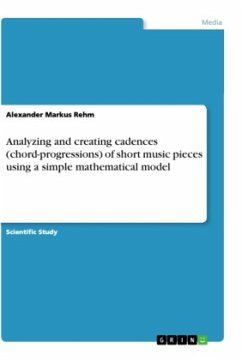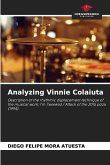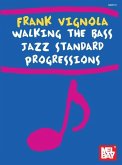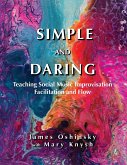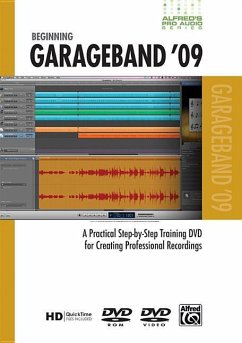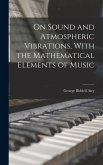Scientific Study from the year 2021 in the subject Musicology - Systematic musicology, grade: NA, , language: English, abstract: In this paper an idea is presented which offers musicians, composers and students 1) a method to analyze the harmonic relatedness between different chords of a given cadence and 2) an opportunity to use this information to create/compose meaningful cadences. For this purpose a mathematical model is introduced where given cadences or chord progressions of a short music piece are the input. The output of the model are calculated values for the harmonic relatedness (= HR) of the chords in the cadence. Two additional parameters derived from the mathematical model - DM (= disharmonic movement) and HarmoT (= harmonic tension) - are demonstrated to be very useful for analyzing given cadences of short music pieces. Using three examples of different musical types (Pop/Beatles, Classic/Gibbons; Jazz/Coltrane) it is shown that these two parameters give new and additional insights in the harmonic concept of short music pieces compared to well know and established analysis-procedures. Details of the mathematical model as well as aspects of different calibration options of the model are presented and discussed. Further ideas are proposed how the mathematical model may help musicians and composers in their task or process of improvising or creating music. Although the introduced mathematical model has limitations (which are discussed in this paper as well) it might offer an additional and easy to use tool for anyone who works on meaningful chord progressions and harmonic concepts of short music pieces.

